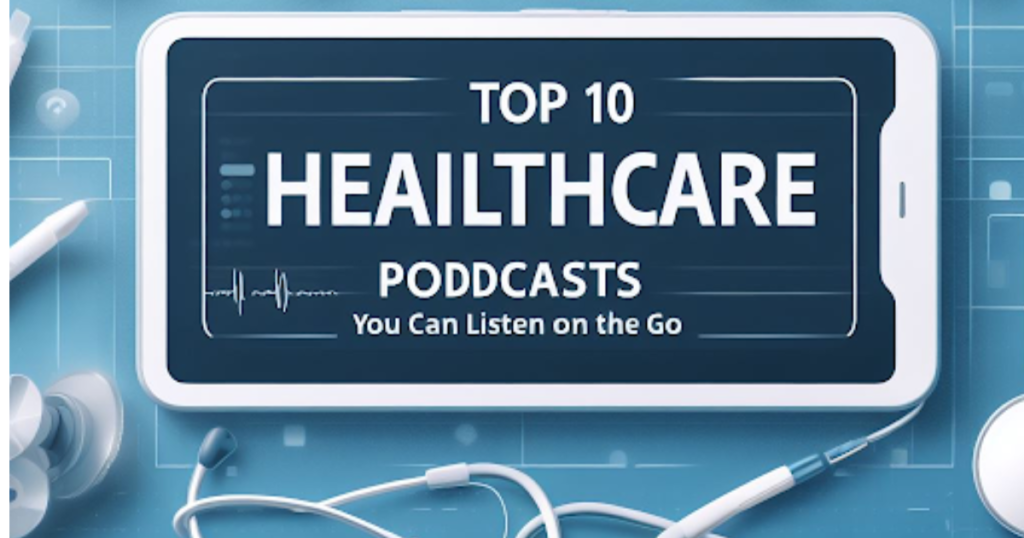
Credentialing of Medical Providers is a necessary procedure that Healthcare facilities and insurance companies undertake to verify a provider’s qualifications. This process plays a crucial role in upholding exceptional healthcare standards.
Upcoming trends and innovations in this field
The Healthcare Industry has had to reconsider its traditional methods of operation due to various challenges, such as the pandemic, provider burnout, and persistent workforce shortages. As a result, the sector is overburdened, with healthcare providers fatigued and organizations stretched thin. Inefficient, manual processes are only exacerbating the problem.
On the other hand, patients desire greater control over their data, more convenient ways of scheduling appointments, and a more active role in their healthcare. Emerging trends and innovations in the field include treating Healthcare as a commodity, the evolving role of physicians, and a heightened focus on data security.
The Current State of Credentialing
Medical Credentialing is a multifaceted process that can be segmented into distinct phases. The primary phases of Healthcare Credentialing are outlined below:
- Acquire accurate Provider information regarding their background, licenses, education, and other related details.
- Prioritize insurers by submitting several applications.
- Verify the background Information of Providers by directly corresponding with licensing agencies, medical schools, and other entities.
- Healthcare Providers will be given a choice to fill out the CAQH form. However, if there is incorrect or incomplete Information, the approval process for CAQH may be delayed.
- Wait period for the verification of documents is between 90 days to 150 days.
- Consistently following up is crucial for timely approval in provider Credentialing, and waiting months to hear from an insurer is not advisable.
- Obtaining Healthcare Credentialing does not guarantee lifelong validity. One needs to be recertified within a stipulated time period.
Challenges of the current Credentialing system
Provider Credentialing is a crucial compliance matter in medical practice, and errors in the Credentialing service can result in severe consequences if there is a lack of process oversight and data insight.
- Due to the extensive data verification involved, Provider Credentialing can take up to 3-4 months to complete, affecting the facility and its services if not accounted for.
- Data entry errors are expected during the Credentialing process and can lead to payment refusals and delays.
- Manually assembling the required documents can lead to common Healthcare Credentialing mistakes, such as needing more relevant data or omitting crucial documents due to confusion.
- Mishandling essential documents or failing to keep them organized can also cause confusion and ambiguity, often necessitating the resubmission of the entire credentialing application.
Advancements in Technology for Credentialing
The Healthcare Industry is undergoing significant changes, resulting in increasing demands on health plans, hospital and health system medical staff services, and Credentialing departments. In addition, to keep pace with the growing regulatory and accreditation requirements driven by the Accountable Care Act (ACA), CMS, The Joint Commission, and other organizations, the time available for comprehensive Credentialing activities is diminishing rapidly. As a result, hospitals, health systems, and health plans are increasingly turning to Credential Verification Organizations (CVOs) to ease the time constraints of Credentialing.
Enterprise-wide data management software assists health plans, hospitals, health systems, and CVOs in managing Credentialing requirements more efficiently. The CAREcvo software also provides on-demand access to provider data, allowing staff and clients to view in real-time where a provider is in the credentialing and primary source verification (PSV) process, regardless of their location.
Emerging Trends in Credentialing
It is crucial to consider the trends influencing Healthcare Technology in 2023 as we move into the future. While legacy software and infrastructure are crucial to the success of modern hospitals and care centers, considering how these systems can integrate with newer technologies or potentially be replaced with more reliable ones is imperative. The key focus should be enhancing performance, productivity, efficiency, and security while maintaining reliability and accessibility.
- Artificial intelligence
Artificial intelligence (AI) is immensely beneficial in improving efficiency through information processing and decision-making. For example, machine learning is instrumental in developing new pharmaceuticals and streamlining the diagnosis processes within the Healthcare Industry.
- Telemedicine and the Evolution of Remote Care
As of 2022, Healthcare Providers frequently conduct video conference meetings with their patients online to address concerns and provide guidance. As a result, the supporting infrastructure for this care method has significantly improved, and telehealth is projected to expand to a value of $185.6 billion by 2026.
- Extended Reality in Healthcare Settings
Extended reality, a term encompassing augmented, virtual, and mixed reality, holds enormous potential in the Healthcare Industry. AR and VR technologies can significantly enhance the Healthcare sector, from assisting in surgeries to aiding telehealth applications.
- IoT and Wearables in Healthcare
The trend of incorporating micro-processing technology into telemedicine and telehealth applications is called the Internet of Medical Things.
Impact of the COVID-19 Pandemic on Credentialing
The Healthcare Industry has always been known for its ability to respond to crises, and the COVID-19 pandemic is no exception. Dedicated Healthcare Professionals work tirelessly to provide excellent patient care and develop innovative solutions to overcome equipment shortages and other challenges.
The Healthcare Industry has undergone significant changes in recent years, including technological advancements, overall growth, and a greater emphasis on patient care. These changes have led to increased efficiency in the industry and have driven significant shifts in credentialing and privileging requirements.
- The Rise of Health Systems
Comprehensive Healthcare Systems have become the preferred choice over stand-alone medical centers. As a result, the Centers for Medicaid and Medicare Services (CMS) has revised its standards to permit the consolidation of medical staff organizations within a system to enhance efficiency.
- An Increasing number of employed/contracted practitioners:
As the industry expands, the need for integrating Credentialing with other onboarding activities has become more crucial. This requires a deeper understanding of the correlation between credentialing and enrollment with payors, especially with the increasing recruitment in the healthcare sector.
- An Increased Focus on Clinical Privileging
In recent years, there has been a shift in focus toward the significance of Credentialing in guaranteeing patient safety, with clinical privilege in the limelight. Medical organizations are now aware of the crucial role of privilege in ensuring patients receive care from physicians who have undergone rigorous vetting.
Future of Credentialing
We are witnessing a rapid shift toward data collection about Credentialing, Privileging, and Enrollment. As a result, professionals working in these fields are frequently requested to provide data, which must be compared to that of other organizations to be relevant and actionable. In general, most health systems aim to achieve the following two business goals:
- Minimize the time required to onboard new providers and enable them to see patients, encompassing recruitment, Credentialing, onboarding, and Enrollment processes.
- Establish the Credentialing/Provider database as the primary source of truth and integrate the data with other business applications, including electronic patient records.
We now face this reality: the data required to fulfill our organization’s business objectives. However, some organizations still need to be aware of the duration needed to process new provider credentials or enroll providers with specific payers. As a result, the following are some of the frequently asked questions:
- How many staff members do I need in my CVO if I have xx providers?
- What is the average duration required to process an application?
Conclusion
The Healthcare Technology sector is expected to witness further enhancements in all areas. Despite improving security measures across the industry, emerging threats will require a proactive approach to prevention instead of merely reacting to incidents. In addition, the advent of groundbreaking and constantly evolving technologies, such as artificial intelligence, machine learning, and extended reality, will result in improved quality and efficiency of care.
Using our knowledge of the past paired with today’s technological advancements, we can build a foundation that will inform our future and support our new normal.
If you’re a Healthcare Professional, staying up to date with changes in Credentialing Processes and technology is essential. By embracing these changes and utilizing tools, means, and solutions offered by Apaana, you can save time, reduce administrative burdens, and focus more on patient care.




